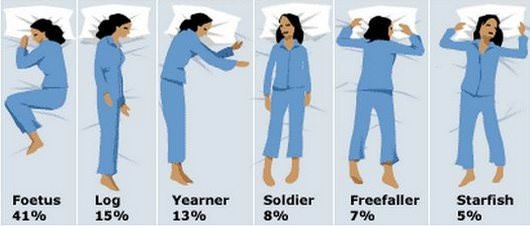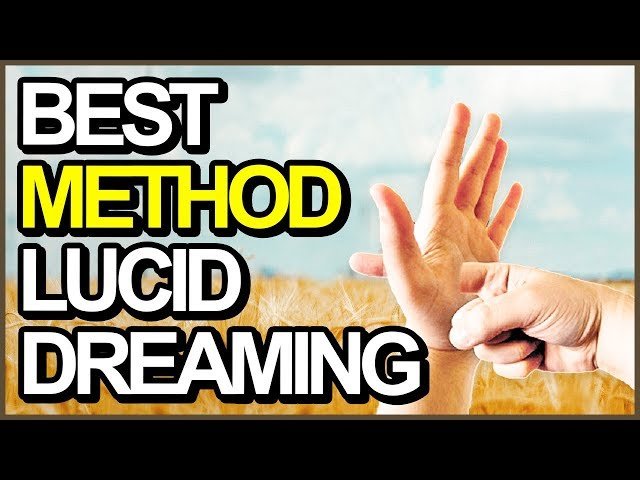Lucid dreaming is an incredible experience where you become aware that you are dreaming while still asleep. This awareness allows you to take control of your dreams, leading to vivid and often exhilarating experiences. Many people seek to master lucid dreaming for various reasons, including enhancing creativity, exploring the subconscious, or simply for fun. In this article, we will delve into the best techniques for lucid dreaming and how you can harness this fascinating phenomenon.
Reality Checks
One of the most effective techniques for achieving lucid dreaming is incorporating reality checks into your daily routine. Reality checks involve questioning your reality throughout the day. Ask yourself, “Am I dreaming?” and then perform a simple action, like trying to push your finger through your palm or looking at a clock. If you practice these checks regularly while awake, you are more likely to remember to do them in your dreams. When you perform a reality check and discover that you are indeed dreaming, lucidity kicks in, allowing you to explore your dream world consciously.

Keep a Dream Journal
Another powerful tool for lucid dreaming is maintaining a dream journal. Upon waking, immediately jot down any details of your dreams before they fade from memory. This practice sharpens your dream recall and helps you identify recurring themes or symbols in your dreams. Over time, this awareness can trigger lucidity. For instance, if you often dream about being in a specific location, recognizing that place while dreaming can cue you in that you are in a dream.
Mnemonic Induction of Lucid Dreams (MILD)
The Mnemonic Induction of Lucid Dreams (MILD) technique is a method that combines intention with visualization. Before you go to sleep, repeat a mantra to yourself, such as “I will realize I am dreaming.” As you drift off, visualize yourself becoming lucid in a recent dream. This mental preparation helps prime your mind to recognize when you are in a dream state. By consciously planting this intention, you increase your chances of experiencing lucid dreaming.
Wake-Back-to-Bed (WBTB)
The Wake-Back-to-Bed (WBTB) technique is another popular method among lucid dreamers. This approach involves waking up after a few hours of sleep, staying awake for a short period, and then returning to bed. During the wakeful period, engage in activities related to lucid dreaming, such as reading about it or writing in your dream journal. This technique increases the likelihood of entering REM sleep—where most vivid dreaming occurs—while remaining aware that you are dreaming.
Use of Technology
In today’s digital age, several devices can assist you in achieving lucid dreaming. Various apps and wearable devices can monitor your sleep cycles and gently alert you when you enter REM sleep. These alerts can serve as cues to remind you to perform reality checks or to recognize that you are dreaming. However, ensure that any technology you use is non-disruptive and does not interfere with the quality of your sleep.
Practice Mindfulness and Meditation
Incorporating mindfulness and meditation into your daily routine can also enhance your ability to experience lucid dreaming. Mindfulness trains your mind to be present and aware, skills that directly translate to recognizing dream states. By regularly practicing meditation, you can improve your overall self-awareness, making it easier to identify when you are in a dream. Additionally, certain meditation techniques focus on dream recall and visualization, further aiding your lucid dreaming practice.
Discover Exciting Online Shopping and More
At Cheap Mmo Shop, you can find a wide range of products at unbeatable prices. For those who enjoy gaming, be sure to check out some fantastic casino games for endless entertainment. Shop and play now!
Conclusion
In summary, lucid dreaming is an exciting practice that opens doors to creativity and self-exploration. By employing techniques like reality checks, maintaining a dream journal, utilizing the MILD method, and practicing WBTB, you can increase your chances of achieving lucidity in your dreams. Furthermore, leveraging technology and engaging in mindfulness practices can provide additional support. Whether you seek adventure or insight, mastering lucid dreaming can enrich your experience and offer a deeper understanding of your subconscious mind.




